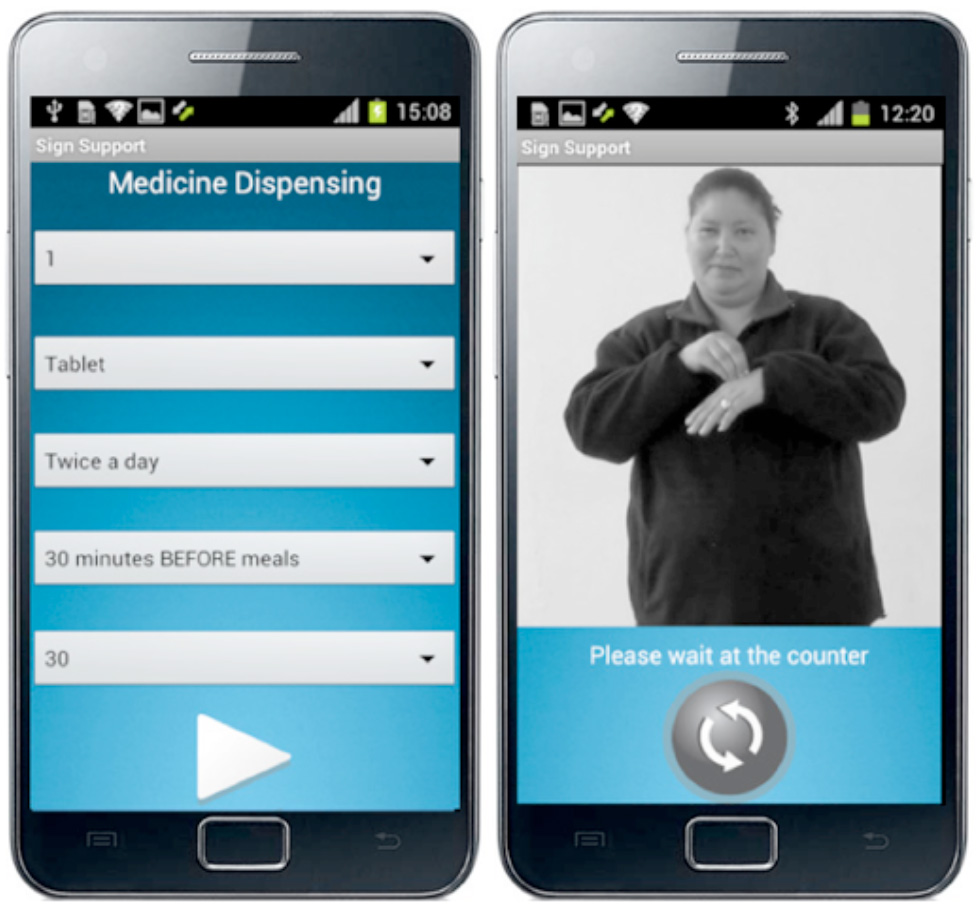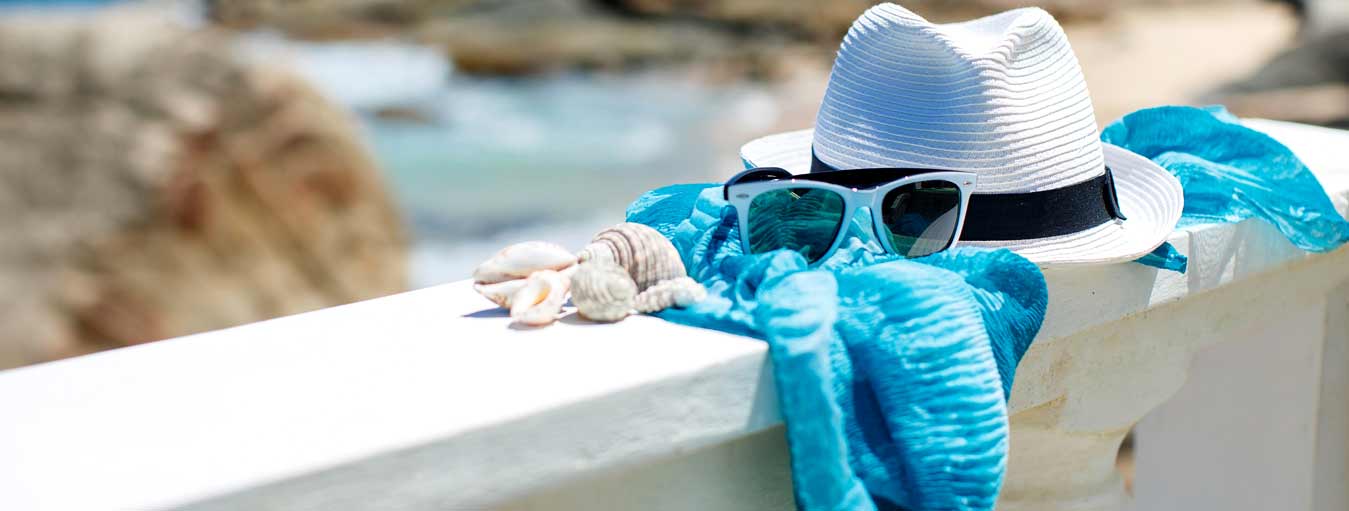Blog
-

Virtual pharmacist app for Deaf individuals.
 25 Jul , 2017
25 Jul , 2017
Virtual pharmacist app for Deaf individuals.
An app suite for mobile phones that provides Deaf people with the information they need about their medication and illness in sign language has been created by Prof Motlhabi Tucker, together with doctoral students Prangnat Chininthorn, Mariam Parker, and Andre Henney, and several other postgraduate students who developed the app.
The main app, a video application for mobile phones titled ‘SignSupport for Pharmacy’, was developed in consultation with Deaf people, as well as pharmacists and other professionals.
Pre-recorded videos in South African Sign Language (SASL), which cater for a range of medical needs, are loaded onto phones and can be accessed via the app. The apps can be accessed on mid-range phones, costing about R1 300.
“Once they are on the phone, it doesn’t cost the end user anything. That’s key for us as we are dealing with poor people,” says Henney.
One of the problems the team had to overcome was that there are many variations of South African sign language. People in different communities have developed their own variations in SASL, much like the different dialects of English developed.
Chininthorn adds, “Even though there are multiple dialects in SASL, there’s enough commonality among Deaf people. It is possible for good signers to sign in a way that more people can understand – for instance, in a video.”
“We had an industrial design engineer work with Deaf people to get their input and a PhD student in pharmacy who made sure everything adhered to proper pharmacy protocols. Then we handed all the work to computer scientists who coded the mobile app,” says Tucker.
Another challenge was to clear up misunderstandings. This requires a call centre staffed by trained and certified SASL interpreters to provide remote video interpreting. “We aim it at the lowest-end phone that has a front-facing camera, so when Deaf people have questions, they can connect to a remote interpreter to clarify information.”
However, unlike using SignSupport, video relay, with video running in both directions from a phone, would be expensive, unless subsidised by a mobile operator. Having worked with the Deaf community since 2001 and on the app since 2010, the team feels the app suite, including SignSupport for Pharmacy, an authoring tool to create additional scenarios, and a mobile video relay is ready to be handed to an organisation to take further. Ideally, this organisation would be owned and run by Deaf people.
According to the researchers, DeafSA estimated that there were about 600 000 Deaf South Africans in 2006. Despite this market, getting the government to buy into the concept has been difficult. SASL is still not an official language in South Africa.
“We have had meetings with the government, which went well, but then nothing happened. What we need is to form an organisation that will take ownership of this project. This needs to somehow be commercialised, even if for free, which is how I would like to see it,” says Tucker. Tucker says the app was not intended for all people with hearing loss, but for a specific segment of that community.
“Deaf – with an upper case ‘D’ – denotes people who primarily use sign language as their mother tongue and as their identity. Cultural identity is attached to your language.
“With a lower case ‘d’, ‘deaf’ people are usually older people who suffer from hearing loss and can communicate with hearing people, as they have been reading, writing, speaking and hearing all their lives. These ‘deaf’ people are more likely to be able to lip read, talk, and use a hearing aid,” adds Tucker.“Our target audience is ‘Deaf’ people, for whom SASL is a sense of identity and community. For instance, children of Deaf parents might be able to hear, but their first language is sign language. They would also call themselves Deaf even though they can hear – as that is the language they use,” says Tucker.
For more information, visit www.signsupport.org.
Source: MedicalUpdate.com,
Image credit: Sign Support





























































































































































































































































































































































































































































































































































































